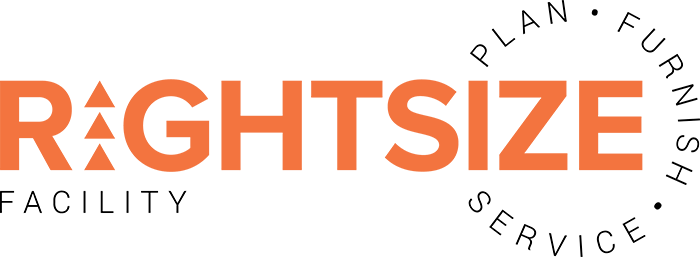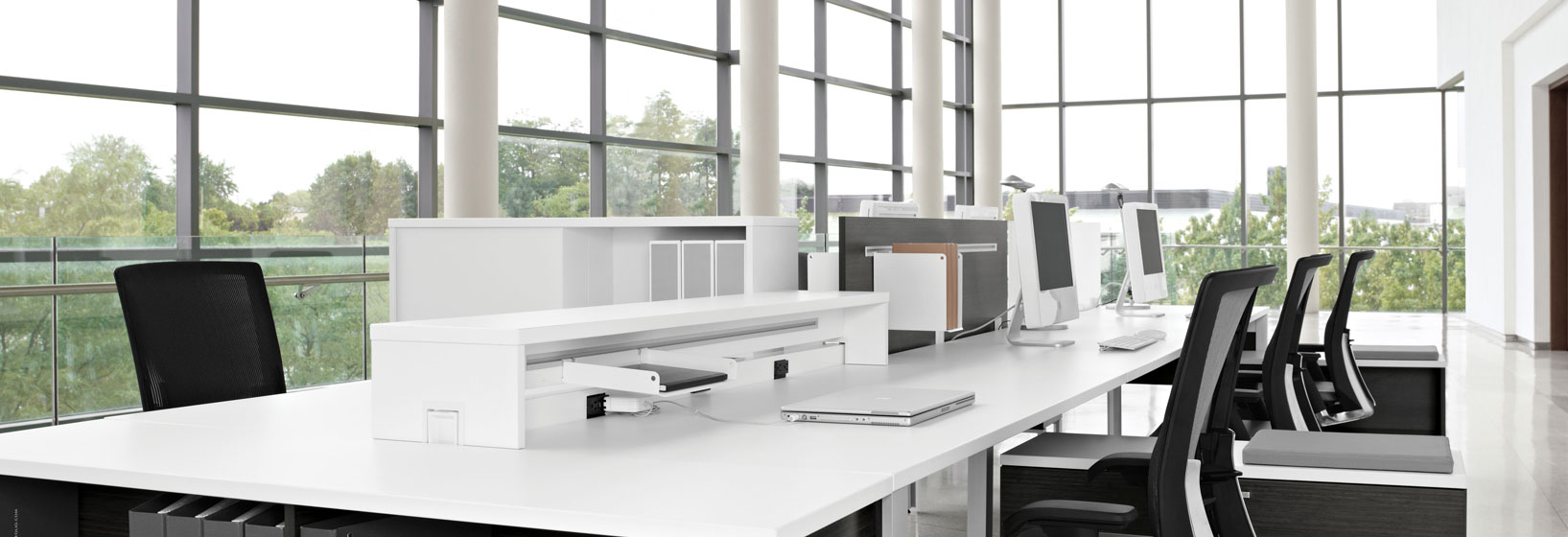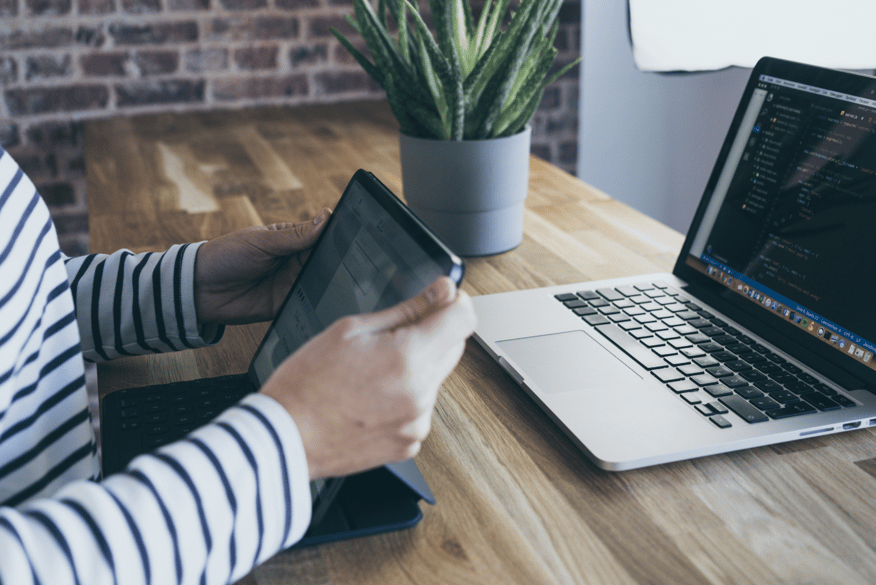The expectation of employees has surpassed the basic needs of a desk, chair, phone, and an internet connection. With the increase in work time, employees want their work experience to be as enjoyable, convenient, and meaningful as possible. As a CEO or the leader of your organization, one of your top priorities is to create a workplace that helps your employees perform their best.
When you are using technology to grow your marketing and business, why not put it to use to maximize the potential of your employees. The advancement in technology is helping people to create a dynamic and productive workforce environment. In this blog post, we will show you ways to leverage technology to help your employees perform to their fullest potential.
Sensors
Organizations are making the best use of sensors to create next-generation offices. Installing sensors in offices can help in making a flexible and more accessible workplace. You can use sensors to facilitate many of the needs of the employees.
Smart elevators would help you get to the meeting rooms and important places in the office in the shortest time. Installing sensors that act as smart thermostat would help to keep rooms at an optimal temperature. Below are the other examples of some important types of sensors used in office and how they can help improve workplace efficiency.
Motion and Desk Sensors
Sensors facilitate not only the employees but also the employers to monitor their workplace. Motion sensors and desk sensors use PIR or passive infrared technology to detect heat and motion. Desk sensors detect the presence of a person at a particular spot. They can tell how long a person has been sitting in front of their desk. Desk sensors can be very useful to generate vacancy data of the employees.
High Volume Count Sensors
This type of sensor helps to know the number of people entering and leaving a certain room. High volume count sensors are installed above the doors. These sensors can help analyze usage versus capacity data. This data then helps improve the layout and design of the office by calculating the utility of a given space and recognizing where people congregate the most. The data can also be used to improve and adjust the vacant and wasted space.
Drowns Out Distractions
There is no denying that it can be hard to concentrate in a noisy office. Some of the distractions in the work environment are chatter from colleagues, a loud photocopier and ringing phones. These distractions can draw your employees’ attention away from the job at hand. By plugging in their headphones, they can escape from the distractions and focus on their work.
How Can Sensors Improve Employee Efficiency?
Office sensors can help companies analyze and understand how the desks, conference rooms, and other spaces are used in immense details than any other body-measuring techniques. Office sensors update up-to-the-minute information regarding the utilization of workspace. This will help you construct an environment that supports employee productivity by ensuring that the right tools and spaces are available to meet the needs of employees.
When you manage and effectively analyze the data collected by office sensors, you will better understand the work pattern of the employees. It would be then easier for you to cater to the challenging needs and anticipate future needs.
Connected Technology
Technology today has allowed organizations to connect and collaborate faster in the workplace. Conference calls can be made with multiple locations enabling the people to share their ideas in an instant. However, companies should make effective use of the technology that it serves as a purposeful tool rather than a distraction. Similarly mounting multiple television screens may seem top-notch and modern, but in practice, it could be too distracting.
There are many ways you can make technology in office purposeful. For instance, using screens outside meeting rooms can tell when the room is booked or available.
Distributing Tablets
Many companies are distributing networked tablets to their employees, allowing them to manage their work from home or anywhere. Tablets have the same mobility and on-the-go functionality as smartphones. However, with tablets, employees are easily able to review and work on important documents. Tablets can help create better connectivity, ensuring the same flow of functionality and portability among the employees.
Cloud-based Tools
Cloud-based tools provide a platform to share, access and store documents. These tools also allow real-time collaborations and project management with chat rooms for small teams. Cloud-based tools can also integrate with Google drive and other software and applications for better functioning.
Internet of Things
IoT is the future of smart homes, smart factories, and smart offices. IoT allows connecting every object and appliance with the internet. With IoT in the workplace, you can make the objects and devices more intelligent and efficient in their working. IoT can help you measure productivity using real-time data.
IoT can be used to control the cooling or heating system in the office. Connecting office security alarms to the internet can help you monitor from anywhere. You can also monitor your employees by connecting the desk sensors to the internet.
The smart desk is another gift of IoT to the workplace environment. These desks will warn you if you have been sitting or standing for too long, helping you improve unhealthy workplace habits.
Light and Sound Control
Nothing can interfere productivity more than noise and poorly lit room. Having a quiet and brightly lit space is important for better creativity and productivity. You can use technology tools that can control and adjust the light settings according to the time of the day. Technology can make maximum use of natural and artificial light to keep the workplace bright enough.
With good use of IoT and sensors, you will know where to install noise dampers and controllers, to ensure that your workplace does not get noisy and distracting.
Workstation Ergonomics
Sitting in front of the computer throughout the day can have serious effects on health. If your employees have to sit and work in front of the computer or laptop screen for long hours, it is your job to provide healthy options for them. Using technology and computer ergonomics can help minimize the effects caused by too much sitting and exposure of the screen.
There should be standing desks that allow your employees not to sit for a long period. The seating and desk arrangement should be specified according to the body type of each of your employees. The setting of the desk should be such that allows them to easily maintain a good posture throughout their work timing without putting strain.
Allot filters in front of the screens that block away the maximum amount of blue-light. It would be great to provide computer glasses for your employees.
Final Thoughts
Leveraging technology to maintain communications, simplifying daily tasks, and ensuring the well being of employees should be the goal of offices. Incorporating good use of technology in work culture can make you maximize the potential and productivity of your employees.





